
Why You Can't Pee: 3 Tips to Help
We’ve all been there—you're ready to use the bathroom, but nothing happens. It can be frustrating, uncomfortable, and even a little scary. If you’ve ever found yourself asking, “What do...
Save Big on USA Made Products

Why You Can't Pee: 3 Tips to Help
We’ve all been there—you're ready to use the bathroom, but nothing happens. It can be frustrating, uncomfortable, and even a little scary. If you’ve ever found yourself asking, “What do...

Best Over the Counter Medications for Incontinence
Urinary incontinence (UI) happens when you accidentally leak urine, and while it can be frustrating, it’s also incredibly common. Millions of people experience it, and it’s nothing to be embarrassed...
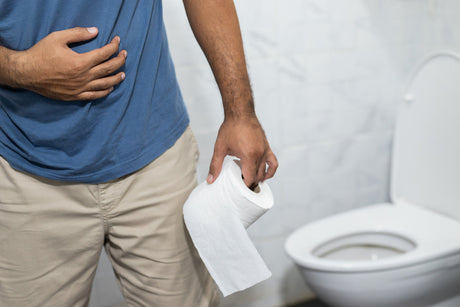
What are the 4 Types of Fecal Incontinence
There are four types of bowel (fecal) incontinence. Fecal Incontinence is an inability to control bowel movements, resulting in involuntary soiling.

Urine Colors Explained: What's Normal & When to See a Doctor
Discover what different urine colors reveal about your health. From hydration levels to potential medical concerns, understand the meanings behind each shade.
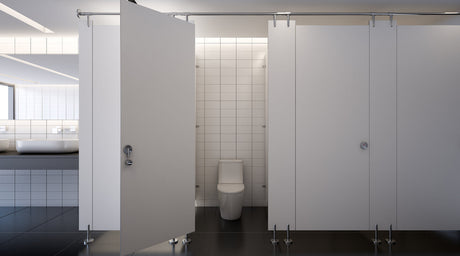
Most people don’t think much about how often they urinate—until it starts happening too often. Frequent urination can be frustrating, embarrassing, and sometimes even a sign of an underlying health...
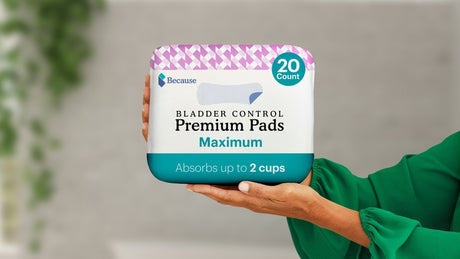
Incontinence Pads vs Menstrual Pads: What's the difference?
Explore the differences between incontinence pads and menstrual pads. Understand their features, benefits, and best uses for informed protection and comfort.
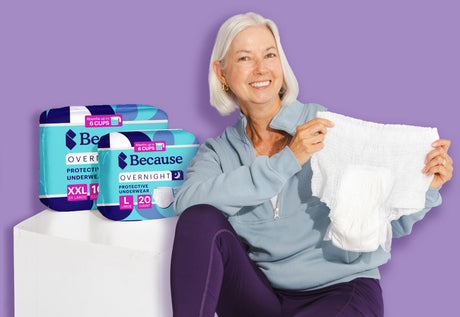
The Best Nighttime Adult Diapers: Choosing the Right Overnight Incontinence Support for You
A good night's sleep is essential for overall health and well-being, but for individuals managing incontinence, staying dry and comfortable overnight can be challenging. Fortunately, overnight adult diapers provide a...
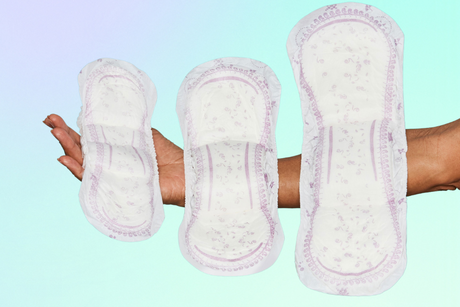
Best Incontinence Pad Guide: 4 Simple Tips
Learn about absorbent pads for bladder leaks and fecal incontinence. Find the right type for your needs and get tips on choosing and using them effectively.
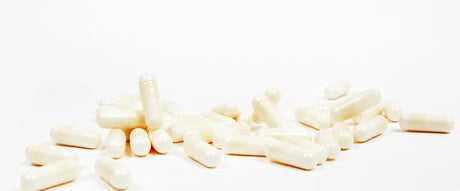
The Best Probiotics for Urinary Tract Infection Prevention + How to Use Them
Say goodbye to chronic UTIs! Learn about the best probiotics for UTI prevention and how to use them for a healthier bladder.

What Causes Male Urinary Incontinence? Causes, Types, & Cures
Bladder leaks aren’t just a women’s issue—millions of men experience urinary incontinence, yet it’s often not talked about. If you've found yourself wondering, is it normal for a man to...

Understanding UTI with Confusion in Older Adults
Don't let UTI with confusion go undiagnosed in older adults. Explore the link between UTI and confusion in seniors and learn how to recognize the symptoms.
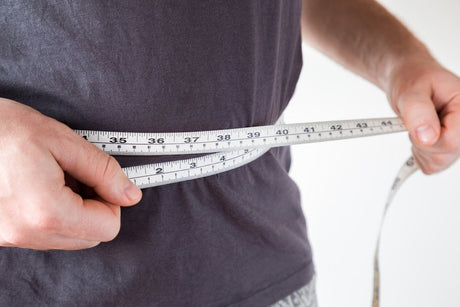
Adult Diaper Size Chart: How to Measure and Choose the Perfect Fit
Getting the right size of protective underwear or adult diaper isn’t just about comfort; it’s also about making sure the product works the way it should.
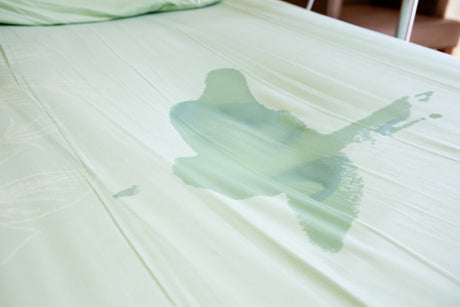
Bedwetting Alarms: A Caregiver's Guide
Learn how bed wetting alarms can help your child or loved one achieve dry nights. Explore types, effectiveness, and tips for choosing the right alarm.